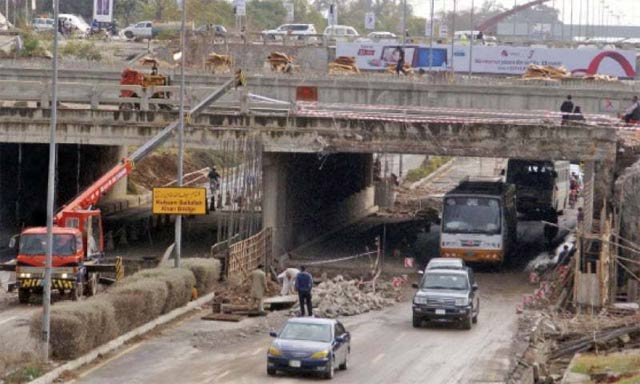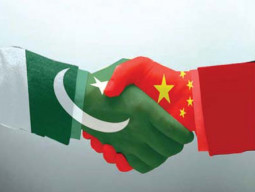
For this purpose, the PML-N is embarking on large scale infrastructure projects.
The problem with such large-scale projects is that they are centralised and entail huge administrative cost. In addition, such projects are technologically intensive. Hence, huge administrative cost and technologically intensive projects cannot create the desired number of jobs for the masses.
Pakistan's booming retail sector
Pakistan is facing a serious problem of rapidly expanding mega cities with deteriorating infrastructure due to influx of job seeking rural migrants. On one hand, this implies that these cities are in dire need of resources to cope with the deteriorating infrastructure. On the other hand, less and less resources are directed to the infrastructure development of the country side. This trade-off is creating an urban rural divide and phenomenal growth of informality in the economy.
Since the structural changes in the economy took place from agriculture to services sector, the employment is growing fast in the urban informal services sector where a large percentage of people are self-employed. This self-employment category consists of a small percentage of high level professionals, while a large percentage consists of poor people who are eking out their existence.
Such people are leading their lives on a day to day basis. They neither have access to nutritious food nor have access to basic education and medical services. When they hit a bump in the road, their situation goes from bad to worse. The employment policy should cater for such category of people.
Owing to the growing informality, a large chunk of people are underemployed. Such underemployed people have low productivity; therefore they cannot command higher wages.
There is always a need to lift the people out of the low productivity sector so that they can command higher wages. The question is whether the formal private sector can engage such people or not.
The formal private sector follows a ‘profit maximisation’ principle. Therefore, they look for high productivity individuals. They hire productive individuals and fire less productive ones. On this basis, many individuals face mid-career crisis since their skills either become obsolete or demand for their skill set becomes negligible.
As a consequence, the less productive ones have to take refuge in the informal sector to lead their lives. Although there is a mantra of private sector as an engine of growth, yet this statement needs to be qualified that private sector is an engine of growth for the productive ones.
Looking beyond infrastructure, Punjab builds knowledge park
Under these circumstances, a political government cannot wait for the private sector to create jobs since job creation is not like Aladdin’s magic stick. In a balanced economy, the government and private sector complement each other since there are government failures as well as market failures. If individuals are not fit for private sector, they may be engaged by the government.
The government may provide jobs to the unskilled individuals a little above the minimum wage since job creation is better than doling out through various means such as Benazir Income Support Program (BISP) or targeted subsidy. This would generate demand in an economy along with raising the morale of young aspirant individuals.
A pro market ideologue would criticise this scheme as it would increase the budget deficit. One has to be sympathetic with such a criticism. If budget deficit is increased for human capital development, it will be a productive expenditure. The budget deficit would increase close to the elections anyway.
Finally, there is a need to decentralise the activities and administration through the local bodies, which could have the capacity to provide relatively cheap solutions for the masses since the experience of decentralisation yielded good results in the past.
The writer is an Assistant Professor of Economics at Suleman Dawood School of Business, LUMS
Published in The Express Tribune, October 3rd, 2016.
Like Business on Facebook, follow @TribuneBiz on Twitter to stay informed and join in the conversation.

















COMMENTS (1)
Comments are moderated and generally will be posted if they are on-topic and not abusive.
For more information, please see our Comments FAQ